Laser Knowledge
How to Remove Rust from Metal Most Efficiently
Rust is the bane of metal surfaces, causing corrosion and degradation over time. If left untreated, rust can weaken the structural integrity of metal objects and compromise their functionality. Fortunately, there are several methods available to remove rust from metal efficiently. In this article, we will explore the benefits and effectiveness of laser rust removal as a cutting-edge solution to combat rust and restore metal surfaces to their former glory.
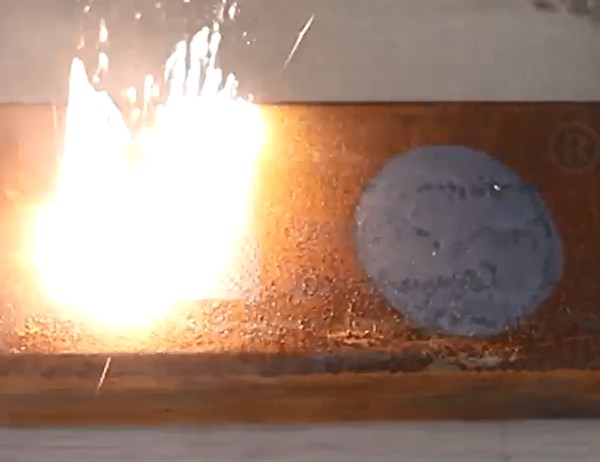
Remove Rust from Metal
Rust, scientifically known as iron oxide, is a chemical reaction that occurs when iron or steel comes into contact with oxygen and moisture. This reaction leads to the formation of a reddish-brown layer on the metal surface, commonly known as rust. Rust not only affects the appearance of metal objects but also poses serious risks:
- Structural Weakness: Rust weakens the metal, compromising its structural integrity. This can be particularly dangerous in applications where strength and durability are essential, such as bridges, buildings, and machinery.
- Reduced Functionality: Rust can hinder the smooth operation of mechanical parts, leading to decreased efficiency and potential breakdowns. This is especially problematic in industrial machinery and automotive components.
- Aesthetic Degradation: Rust detracts from the visual appeal of metal objects, making them appear old, worn-out, and neglected. This is undesirable for items like furniture, decorative pieces, and vehicles.
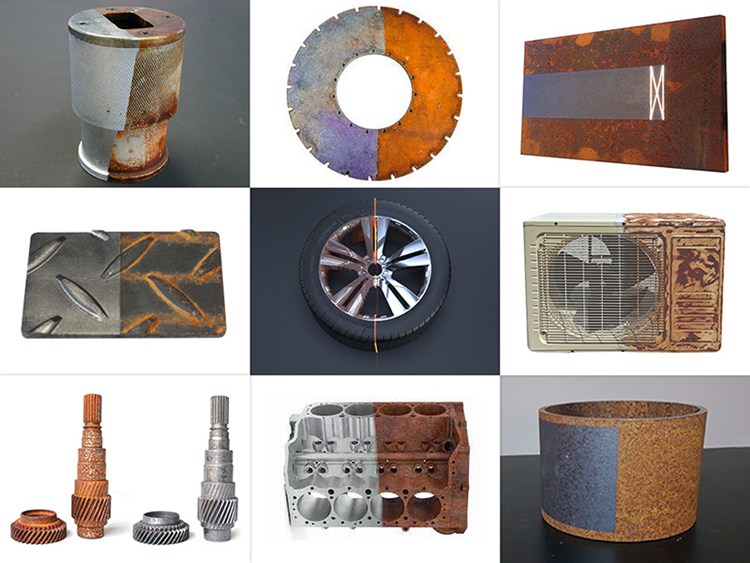
Traditional Methods of Rust Removal
Before the advent of laser rust removal, several traditional methods were commonly used to remove rust from metal surfaces. These methods include:
- Mechanical Abrasion: Using abrasive tools like wire brushes, sandpaper, or steel wool to physically scrub away the rust. While effective, this method can be time-consuming, labor-intensive, and may damage the underlying metal surface.
- Chemical Rust Converters: Applying rust converter solutions that chemically react with the rust, converting it into a stable compound that can be easily removed. This method requires proper ventilation and protective gear, as the chemicals used can be hazardous.
- Electrolysis: Immersing the rusted metal object in an electrolyte solution and using an electrical current to remove the rust. Electrolysis is effective for large or heavily rusted objects but can be complex and requires specialized equipment.
- Acidic Solutions: Using acidic substances like vinegar or lemon juice to dissolve the rust. While this method is cost-effective and readily available, it may take longer to achieve desired results and can potentially damage the metal surface if not used properly.
While these traditional methods have their merits, they may not always provide the desired efficiency, precision, or safety required for certain applications.
Introducing Laser Rust Removal
Laser rust removal is a cutting-edge technology that offers a highly efficient and precise solution for removing rust from metal surfaces. This innovative method utilizes the power of lasers to selectively ablate the rust without damaging the underlying metal. Laser rust removal has gained popularity due to its numerous advantages over traditional methods, making it an ideal choice for various industries and applications.
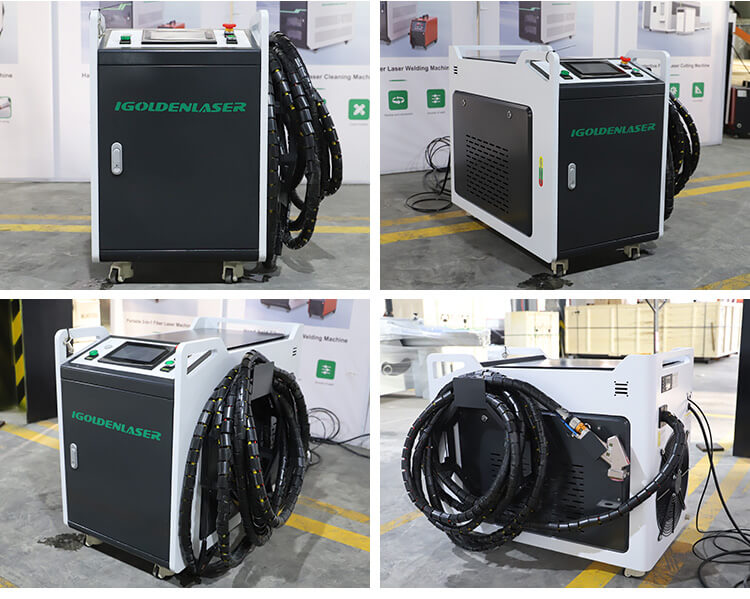
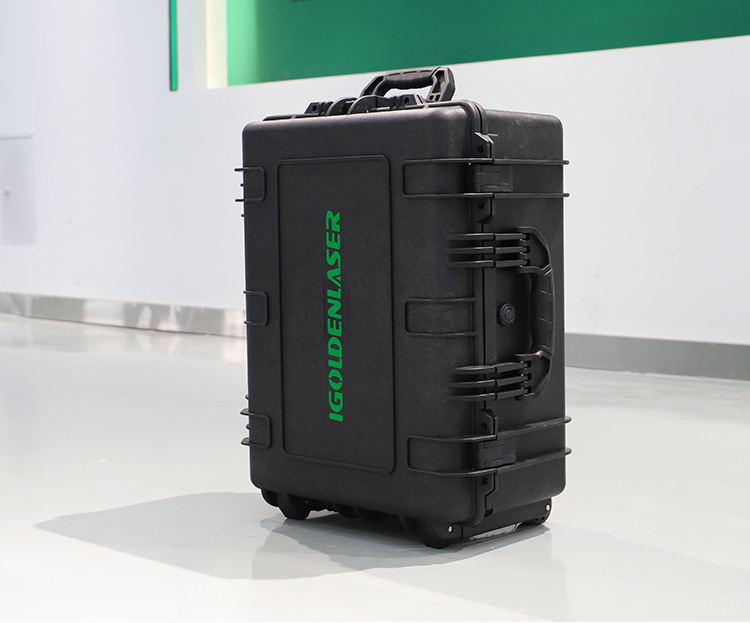
How Does LaserRust Removal Work?
Laser rust removal works by directing a high-intensity laser beam onto the rusted surface. The laser energy is absorbed by the rust, causing it to heat up rapidly and vaporize. As the rust evaporates, it is effectively removed from the metal surface, leaving behind a clean and restored area. The laser can be precisely controlled to target only the rusted areas, minimizing the risk of damage to the surrounding metal.
The process of laser rust removal involves several key steps:
- Surface Preparation: Before the laser treatment, the metal surface is thoroughly cleaned to remove any loose debris or contaminants. This ensures optimal laser absorption and enhances the effectiveness of the rust removal process.
- Laser Settings Adjustment: The laser parameters, such as power, pulse duration, and spot size, are adjusted according to the specific requirements of the rusted surface. This customization allows for precise control over the treatment and ensures maximum efficiency.
- Laser Application: The laser beam is directed onto the rusted areas, systematically scanning the surface to remove rust layer by layer. The laser energy causes the rust to vaporize, while the underlying metal remains unaffected.
- Post-Treatment Inspection: After the laser treatment, the surface is inspected to ensure that all rust has been successfully removed. Any remaining traces of rust can be further treated or addressed using alternative methods if necessary.
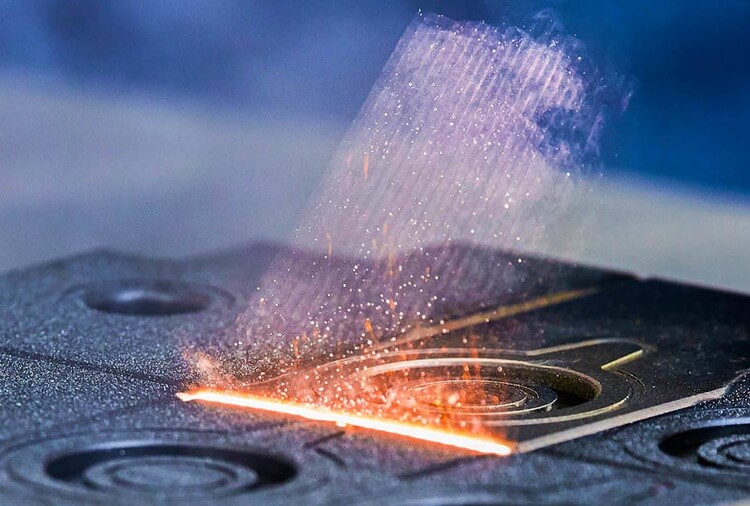
Benefits of Laser Rust Removal
Laser rust removal offers a range of benefits that make it a superior choice for rust removal compared to traditional methods. Some of the key advantages include:
- Precision and Selectivity: Laser rust removal allows for precise targeting of rusted areas, ensuring that only the rust is removed while preserving the integrity of the underlying metal. This level of selectivity is crucial for delicate or intricate metal objects.
- Efficiency and Speed: Laser rust removal is significantly faster than traditional methods. The laser can remove rust from large areas in a fraction of the time, reducing labor costs and increasing productivity.
- Non-Destructive: Unlike abrasive methods that can damage the metal surface, laser rust removal is non-destructive. The laser energy selectively removes the rust without altering the structure or properties of the metal, resulting in a clean and undamaged surface.
- Versatility: Laser rust removal can be used on various types of metals, including steel, iron, aluminum, copper, and more. This versatility makes it suitable for a wide range of applications across different industries.
- Environmental Friendliness: Laser rust removal is a clean and environmentally friendly process. It does not involve the use of harsh chemicals or generate hazardous waste, making it a sustainable choice for rust removal.
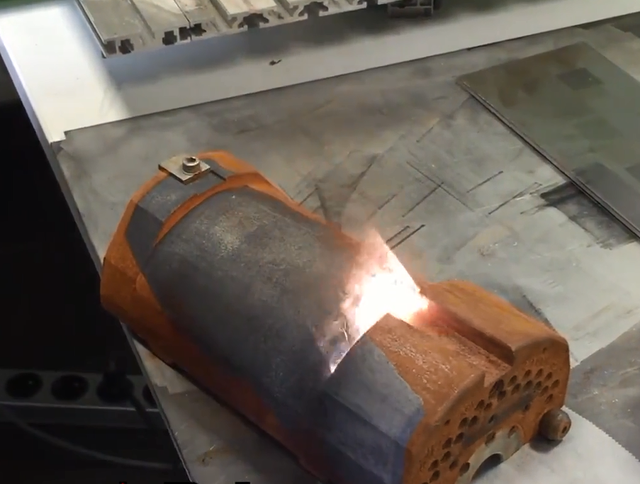
Remove Rust from Metal FAQ
Question 1: Is laser rust removal safe for all types of metals?
Yes, laser rust removal is safe for most types of metals. The laser parameters can be adjusted to suit different metal compositions and thicknesses. However, it is essential to consult with a professional or conduct a small test on a hidden area to ensure compatibility and avoid any potential damage.
Question 2: Does laser rust removal damage the metal surface?
No, laser rust removal does not damage the metal surface when performed correctly. The laser energy is carefully controlled to target only the rust, leaving the underlying metal unharmed. However, it is crucial to use the appropriate laser settings and follow proper procedures to avoid any accidental damage.
Question 3: How long does laser rust removal take?
The duration of laser rust removal depends on the size and severity of the rusted area. Small rust spots can be treated in a matter of minutes, while larger surfaces may require more time. Generally, laser rust removal is significantly faster than traditional methods, saving both time and effort.
Question 4: Can laser rust removal be used on large metal surfaces?
Yes, laser rust removal can be used on large metal surfaces. The laser beam can be scanned over the area systematically, ensuring thorough rust removal. For extensive projects, it may be necessary to divide the surface into sections for more efficient treatment.

IGOLDEN BLOG
Thank you for visiting the iGOLDENCNC website. iGOLDENCNC is the professional supplier of CNC machinery application solution, within the business of producing and selling CNC machinery and accessories.